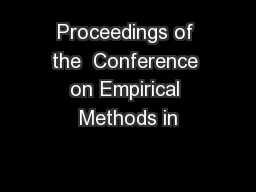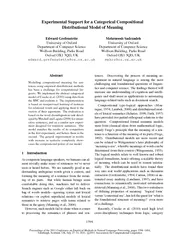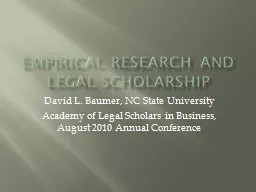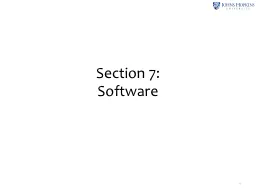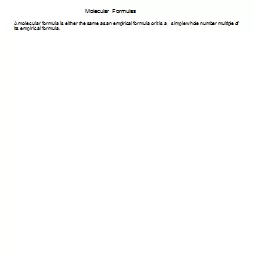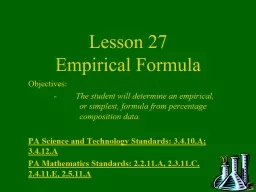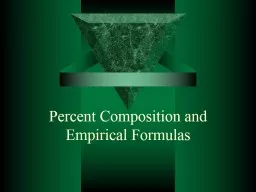PDF-Proceedings of the Conference on Empirical Methods in
Author : sherrill-nordquist | Published Date : 2015-05-25
2008 Association for Computational Linguistics Attacking Decipherment Problems Optimally with LowOrder Ngram Models Sujith Ravi and Kevin Knight University of Southern
Presentation Embed Code
Download Presentation
Download Presentation The PPT/PDF document "Proceedings of the Conference on Empiri..." is the property of its rightful owner. Permission is granted to download and print the materials on this website for personal, non-commercial use only, and to display it on your personal computer provided you do not modify the materials and that you retain all copyright notices contained in the materials. By downloading content from our website, you accept the terms of this agreement.
Proceedings of the Conference on Empirical Methods in: Transcript
Download Rules Of Document
"Proceedings of the Conference on Empirical Methods in"The content belongs to its owner. You may download and print it for personal use, without modification, and keep all copyright notices. By downloading, you agree to these terms.
Related Documents

